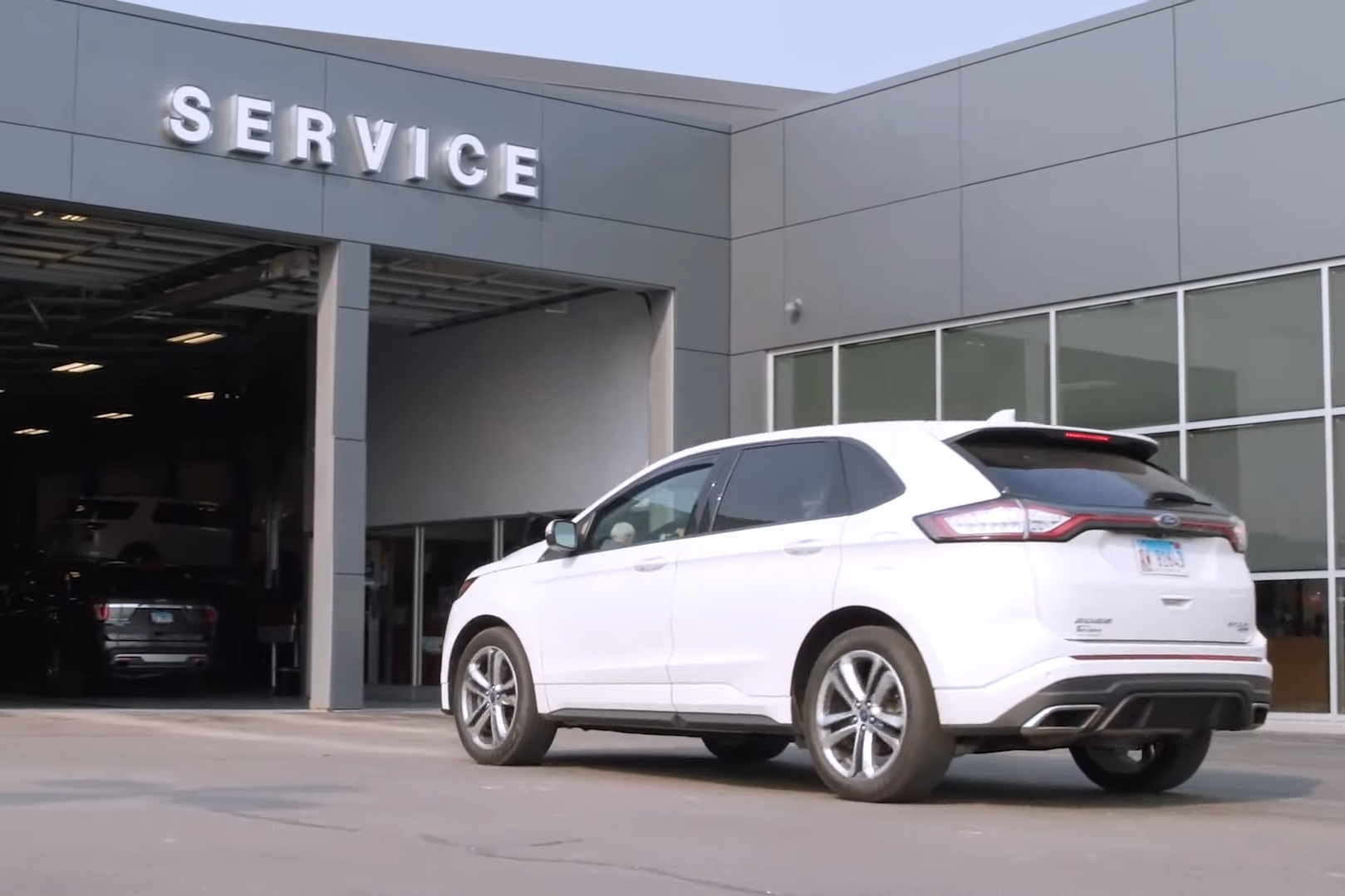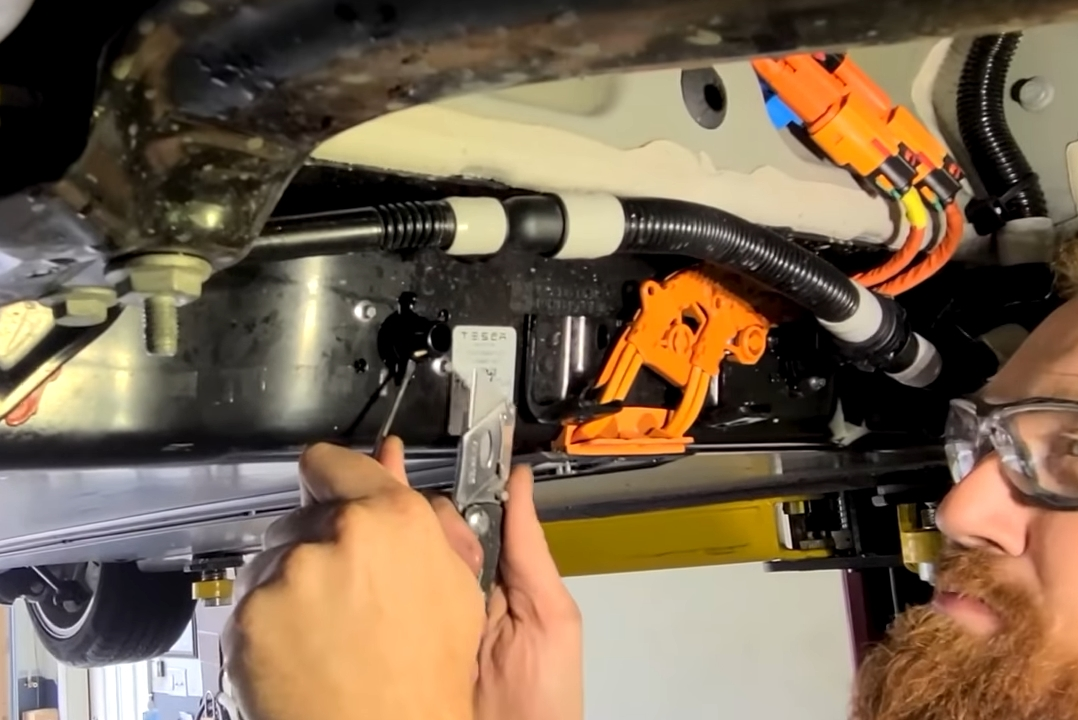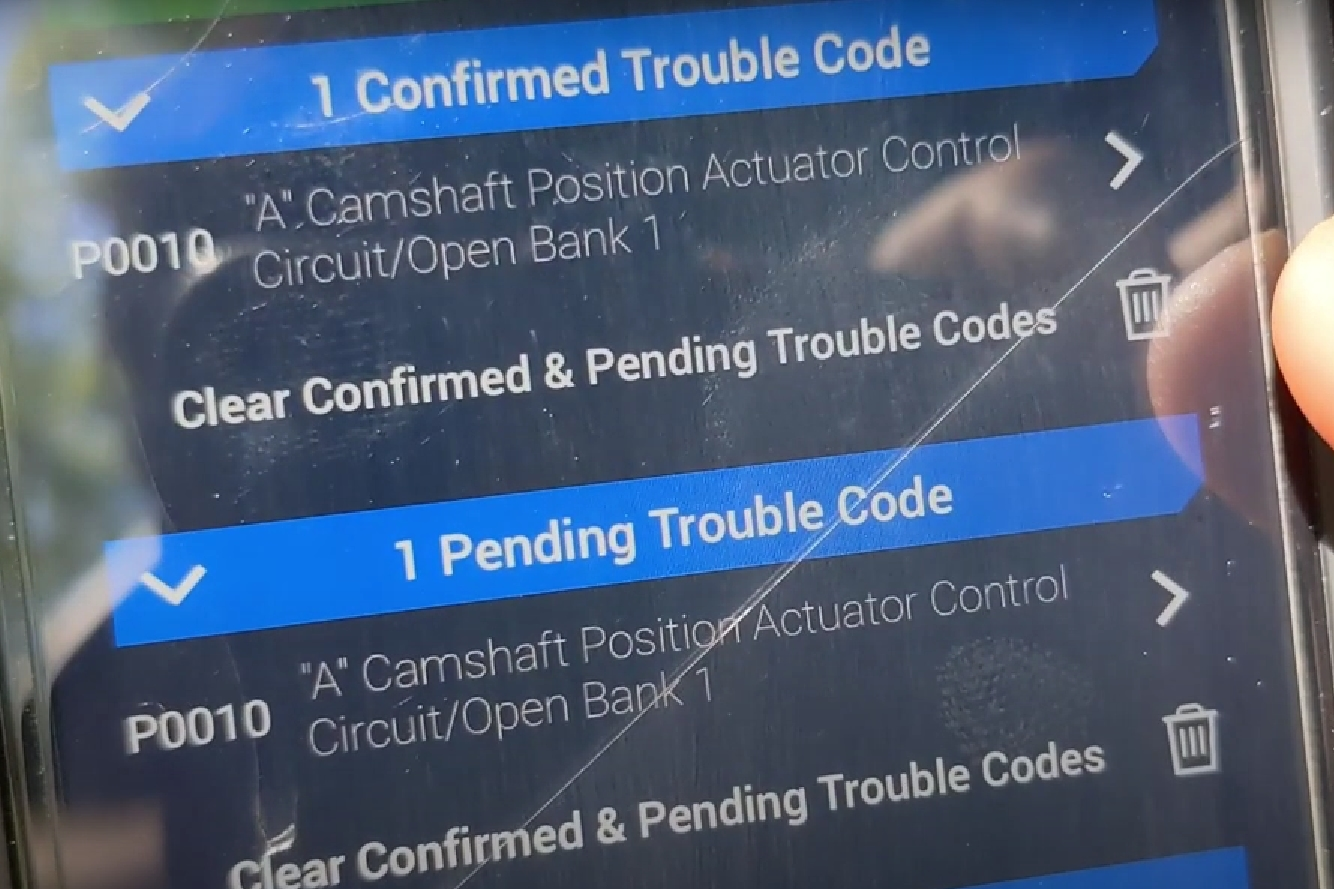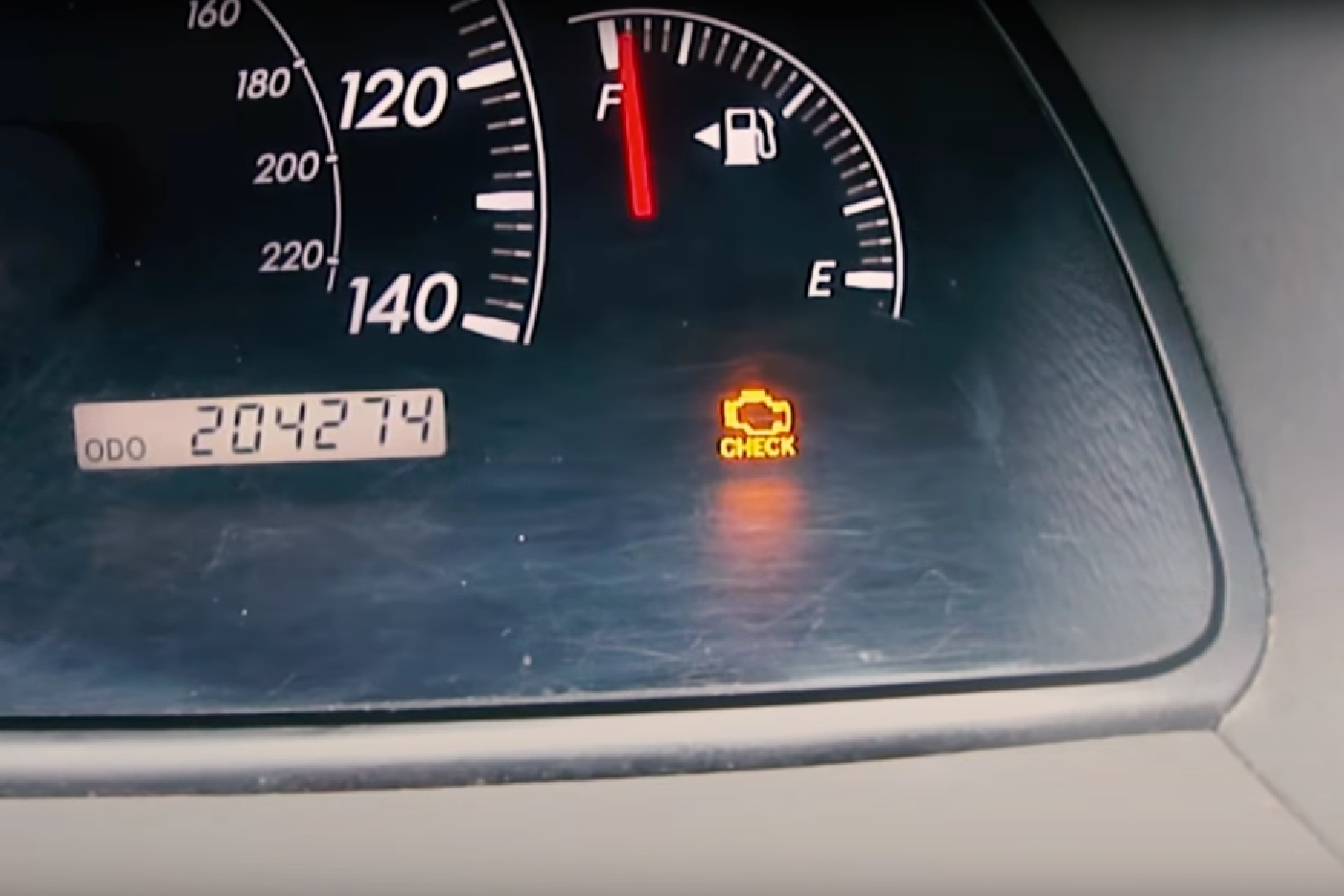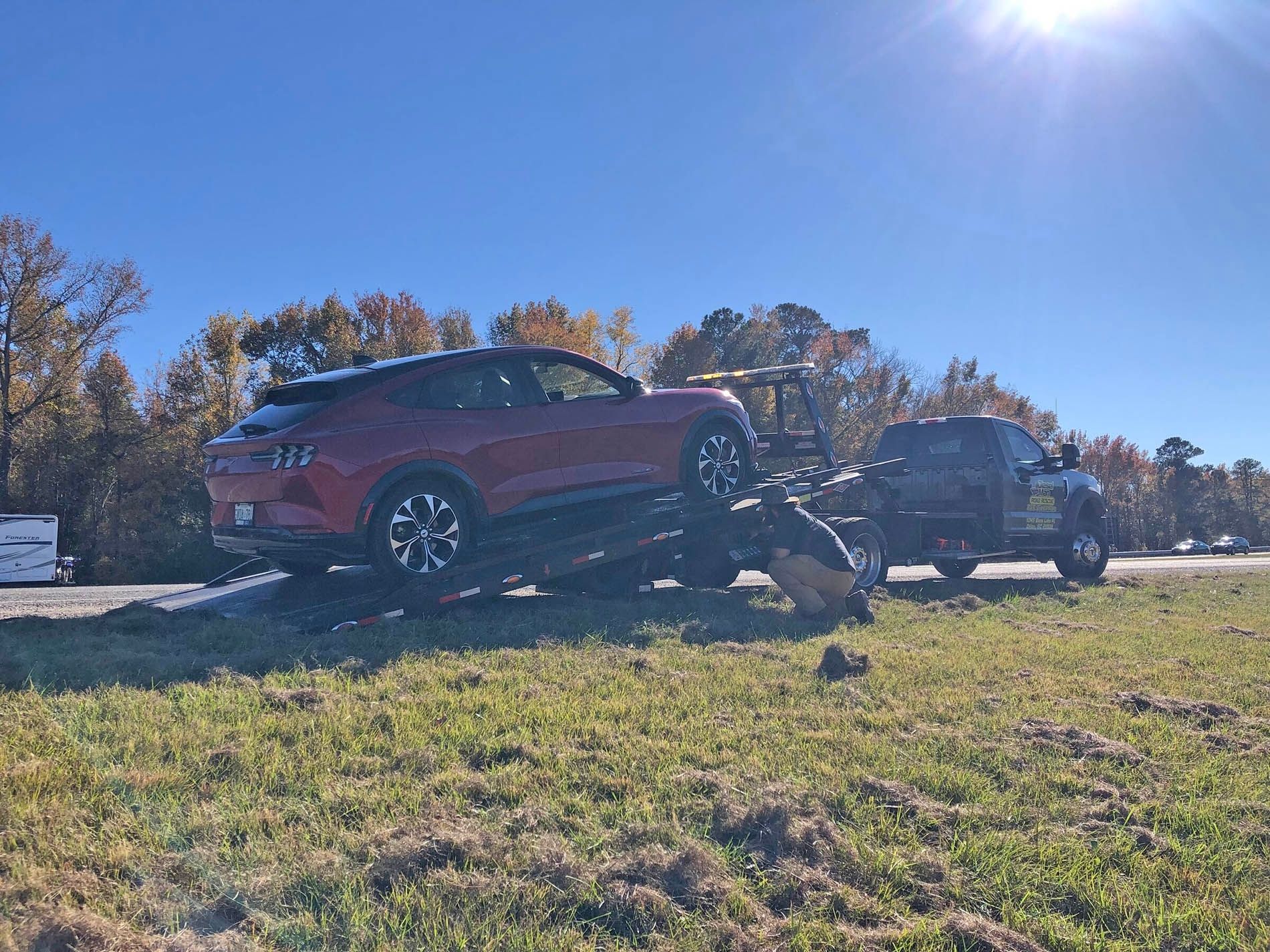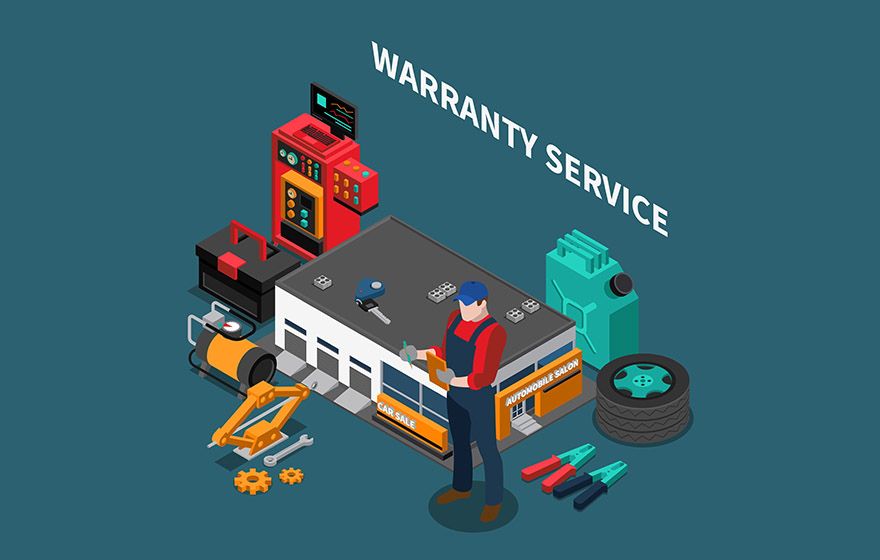
A new report from Automotive News has highlighted the conflict between automakers and their dealers regarding payment for warranty work.
For those not in the know, this conflict stems from the fact that dealers in most states are paid less to perform warranty repairs than they are for repairs to cars that customers are paying for the repairs on.
Dealerships have exclusivity agreements that allow them to repair and maintain cars from OEMs, but in return for getting sole authorization for these jobs, the OEMs get a discounted rate. This impacts dealers negatively, as many technicians cherry-pick the jobs they get paid more for, putting warranty repairs on the back burner.
Now, more dealers are lobbying lawmakers to increase the fees they are paid for warranty work.
Dealers argue that they need more money to increase the pay they can offer technicians, while automakers feel this is a shameless cash grab. In some cases, dealers have been given more money for their service departments but have pocketed the extra cash, failing to pass it on to their mechanics and technicians.
Before a Colorado state senate committee, director of public policy at General Motors, Jeff Perry, testified: "The whole premise of the manufacturer-dealer relationship is the foundation of the [dealer franchise agreement] contract that we have, and every year that these state laws pass, we lose another piece of our contract, and they gain more rights."
Perry continued: "The deal was, we promised that the dealer would get all of the warranty work, so they have a captured audience. And in exchange for all of that work - that can go nowhere else - they agreed to do the work at discounted rates, much as they would with any fleet customer."
This is a fair argument to make. Dealers agreed to a certain structure and should hold up their end. However, dealers are facing additional challenges. For one thing, independent shops are providing more competition for attracting and retaining technicians.
When the dealership has to mandate that warranty work takes preference, the service technician knows before turning a single bolt that they will earn less than if they spent their time on a customer-pay job. But there are bigger issues, some of which come directly from the automakers.
President of the California New Car Dealers Association and the 2023 chairman of Automotive Trade Association Executives, Brian Maas, says that it is unreasonable for OEMs to expect a given repair to take a certain amount of time under normal circumstances and then take less time when the work is paid under warranty.
"In 2023, [...] the issue comes [down] to the manufacturers [who] want to control how much time it takes for a dealer to do a job," said Maas. "But the job is the job and it takes what it takes and they should be paid in our mind the same amount that they charge retail customers to do the work. So if a dealer is using a time guide and it's going to take two hours for the job to do it for a customer not under warranty, why should the same job magically take an hour if it's being done for a customer that happens to be the OEM? It just doesn't make sense."
For example, GM may say that changing the clutch on a Chevrolet Camaro takes four hours. The customer pays for additional labor if the service tech can't complete the job in that time. But when the same problem occurs on a car covered by warranty, the technician performs unpaid labor to complete the job, effectively working for free if the repair is not complete within the timeframe that the manufacturer has estimated. Either that or the mechanic rushes through the job, which can lead to repeat recalls.
Illustrating the point that labor rates and time studies are off kilter is Harold White, general manager at Robin Ford in Philadelphia. He was a field service manager for Ford from 1973-2006 and said, "This conflict has been going on since I came on board in 1973."
White noted a recent recall (there have been many from Ford, so it's difficult to say which he is referring to) and said that this particular job takes the average technician around three hours to finish. Still, the manufacturer is only reimbursing dealers for an hour-and-a-half of labor.
"Technicians know they might lose on the first job," said White. "They understand that. They know they're gonna get shortchanged someplace, but you're not gonna get a tech to take an hour-and-a-half loss on every job. That's not going to happen."
In 2021, Illinois changed the Motor Vehicle Franchise Act, calling this change the "Multiplier Act." This removed the OEMs' time guide warranty compensation formula from the equation, mandating that automakers must pay dealers the same amount for a covered vehicle repair as a regular customer's.
On the one hand, this has meant a massive rate increase of 50% per service operation. According to Joe McMahon, executive director of the Illinois Automobile Dealers Association, "this has really helped to retain [mechanics]" and that technicians "no longer try to avoid doing warranty work." With a shortage of mechanics, this kind of thing is a relief for dealers.
But on the other hand, the Illinois Manufacturing Association feels that the law has been part of the reason the state has been unable to attract any new battery plants. Based on a figure determined by the Alliance for Automotive Innovation, the Illinois Manufacturing Association estimated that the cost of this legislation to manufacturers in the state is at $249 million and counting.
In Colorado, a battle on warranty reimbursement has raged since 2018, when the state tried to implement a complex procedure designed to help dealers acquire more compensation for warranty work. At the time, a compromise was reached, but the CEO of the Colorado Automobile Dealers Association, Tim Jackson, feels that the battle must go on, as this agreement effectively placed a glass ceiling on repair rates for warranty work.
A late January bipartisan amendment introduction removed much of this complex procedure, mandating that the OEM "must pay the retail labor rate multiplied by the applicable time allowances prescribed in the labor time guide used by the dealer." This new legislation is still in committee.
As you'd expect, dealers are eager for an amendment, while OEMs feel this adds an unfair financial burden on them. The future of this bill is uncertain, but you can expect more conflict the closer we get to EVs becoming mainstream. When there are fewer parts to maintain and repair, dealers must find new ways of extracting revenue from the market post-sale.

